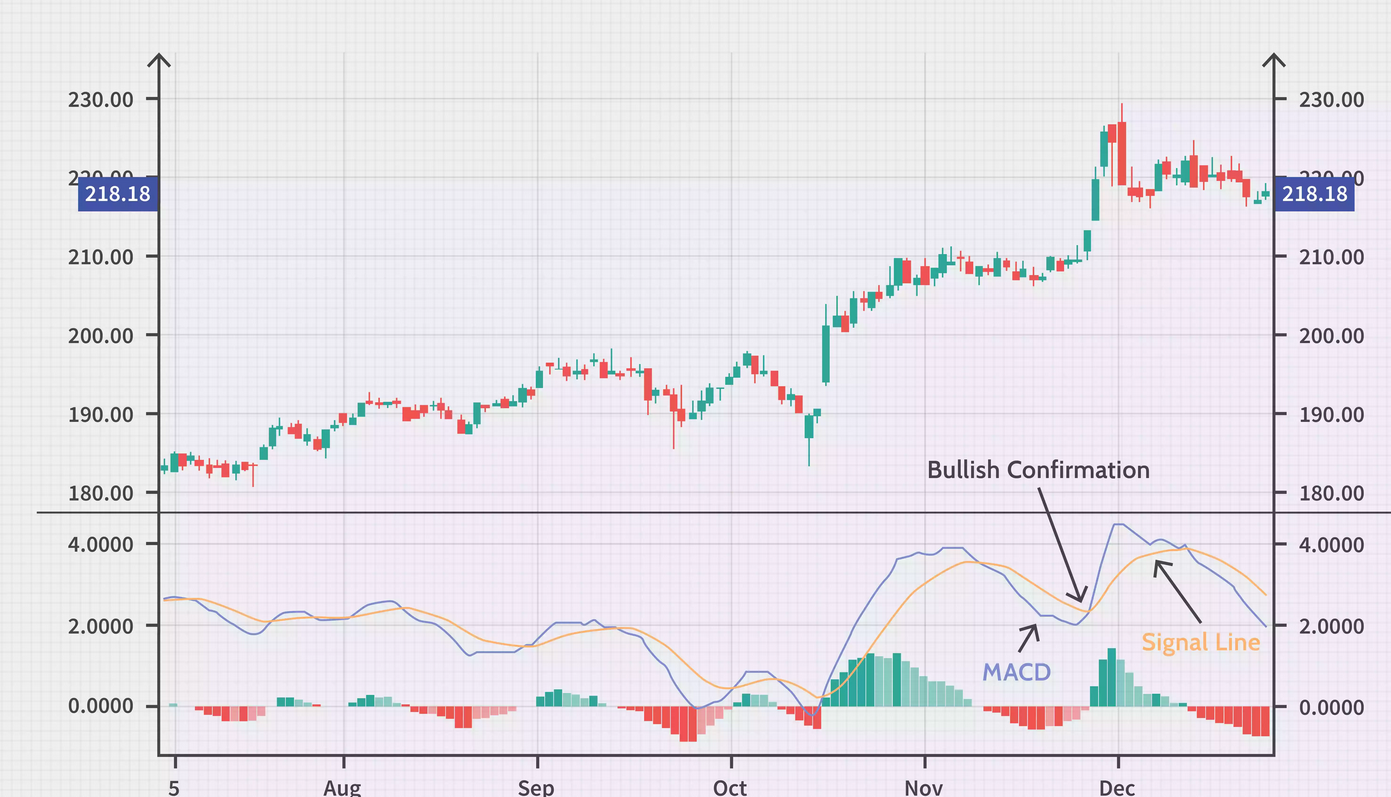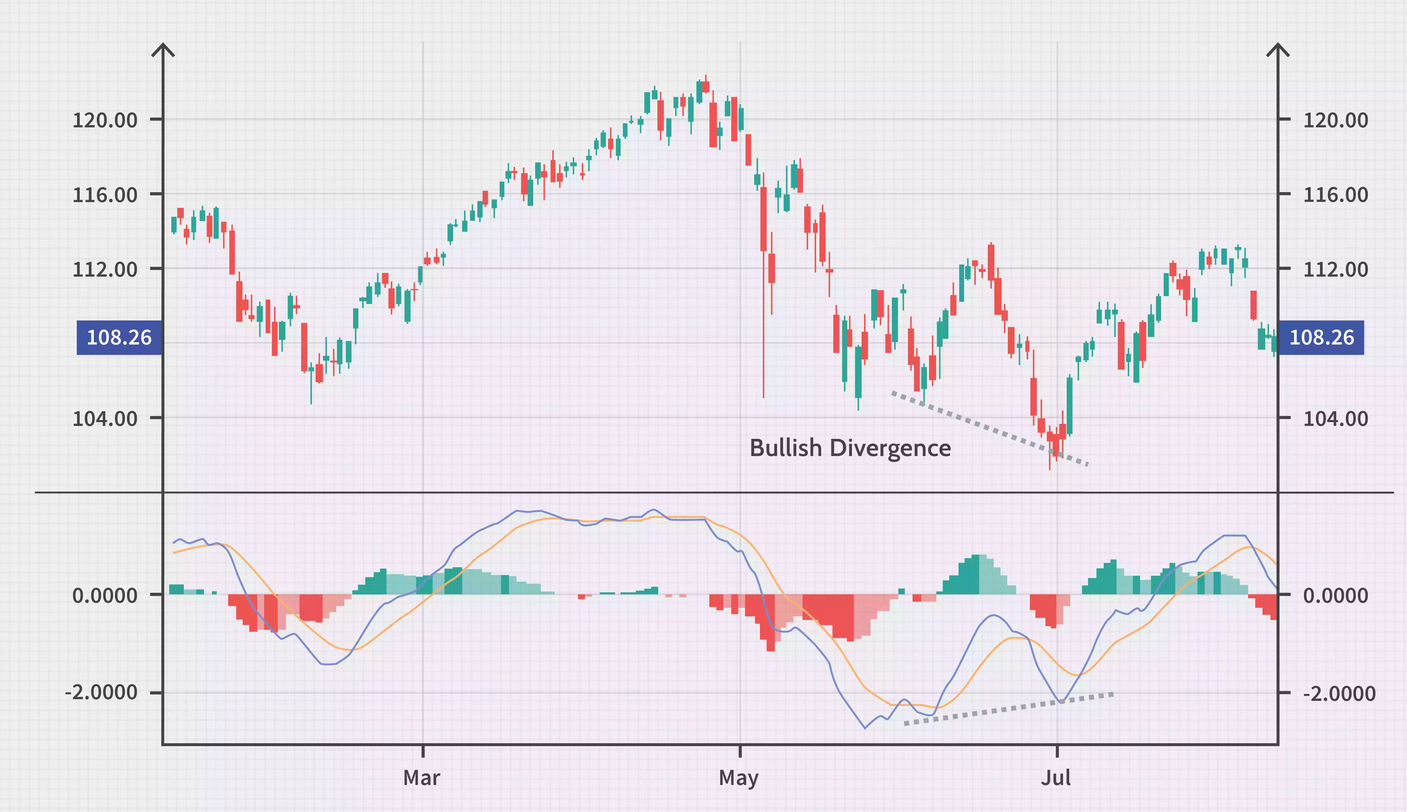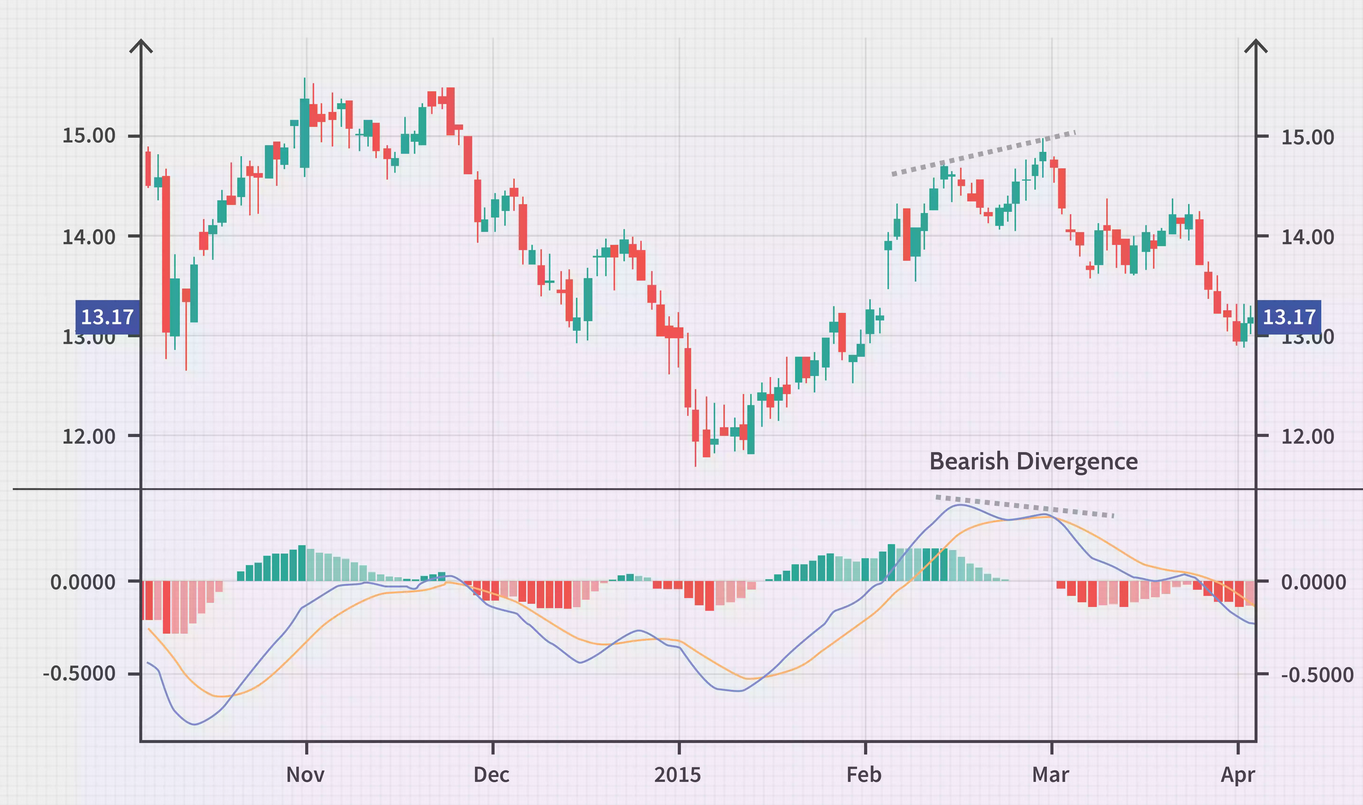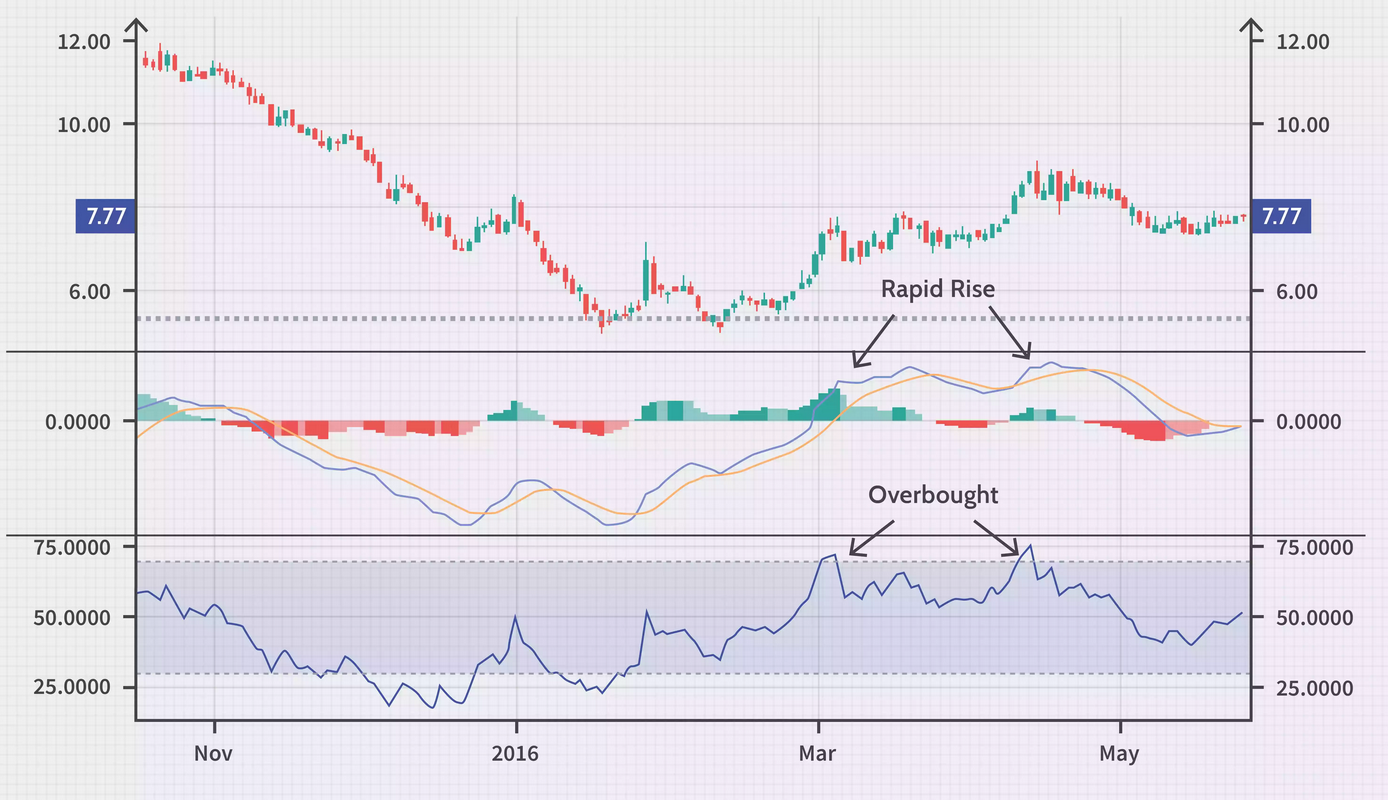29 Moving Average Convergence Divergence (MACD)
To calculate this index,
- Calculate a 12-period exponential Moving average (EMA).
- Calculate a 26-period EMA .
- Subtract the 26-period EMA from the 12-period EMA. This is called the MACD line.
- Calculate a nine-period EMA of the result obtained from step 3. This is called the signal line.
The MACD is specific to each stock as it provide adsolute differences in prices between MAs. A way to compare among stocks is the so-call “Price percentage indicator”, which is the same as the MACD but rather than price it uses percentages.
Basically, what the MACD line does is to center the data around zero. so when the MACD line move above zero, the short-term EMA is moving above long-term prices, and viceversa.
By now taking a shorter EMA from the MACD line, one can get better clarify the signals…. MACDs can be used in three different ways.
Crossovers
Here we use times when the “signal” line crosses the ““MACD” line to buy or sell. In the example below, the signal (orange) line crosses upwards the MACD line, signalling that the price will go up, probably a chance to buy.

Figure 8.39: MACD crossover
Divergence
When the MACD forms highs or lows that diverge from the corresponding highs and lows on the price, it is called a divergence. It signals a reversal of a price trend.
Note in the image below the how the trend in price is downwards, while the MACD is upwards (Divergence), what follow is a price increase.

Figure 8.40: MACD divergence
In the opposite, if the high swings in prices have opposite patterns that that Swings high in the MACD line, it signals a price decline.
If looking to enter a trade based on divergence, wait for the price to break the current trend, confirming the divergence, before acting.

Figure 8.41: MACD divergence
